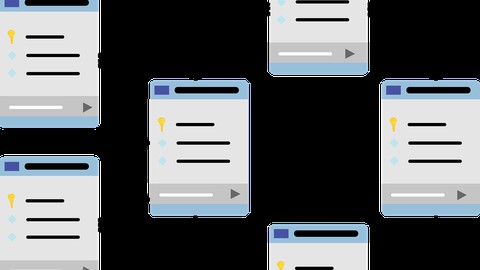Description
Python is a very popular programming language. Due to its simplified syntax, Programmers can develop a wide range of software applications, fast and easy. With Python, you can easily build Data Science and Machine Learning projects, as well as general purpose applications. When combined with the popular SQL Server Data Platform, it provides Software Developers and Data Scientists, with a powerful software development setup, that can be used for building just about anything!
This course has been carefully designed, in order to help you get started with Python programming for SQL Server data access. Via a well-structured curriculum, it starts with helping you set up your Python development environment on Windows, using Visual Studio code and the proper extensions, then explains the different options for connecting to SQL Server databases and then deep dives into a comprehensive set of live demonstrations, via which you will learn how to execute SQL Server SELECT, INSERT, UPDATE and DELETE SQL statements, as well as, work with SQL Server stored procedures and functions and all that, via your Python programs.
Structured Query Language (SQL or “Sequel”) is the way we communicate with a relational database. It’s an intuitive and powerful language and mastering it is rapidly becoming a prerequisite for career paths outside of software development.
SQL has been one of the most common skill sets required by employers for software developers for years, according to research published by Indeed. That fact is not likely to change any time soon, as businesses have woken up to the reality that the data they capture, generate, and store has tremendous business value to improve performance and efficiency and uncover new paths for growth.
If you’re a software developer just getting started, a Business Analyst, a Test Engineer, Project Manager looking to augment your technical skill set, or a data or financial analyst who works primarily with spreadsheets, you’ll benefit from taking this course to learn how you can power up your data skills. We start from the ground up to teach you what a relational database is, how to plan and build a database structure, how to get data into your database, and then how to work with it to retrieve meaningful insights using SQL.

